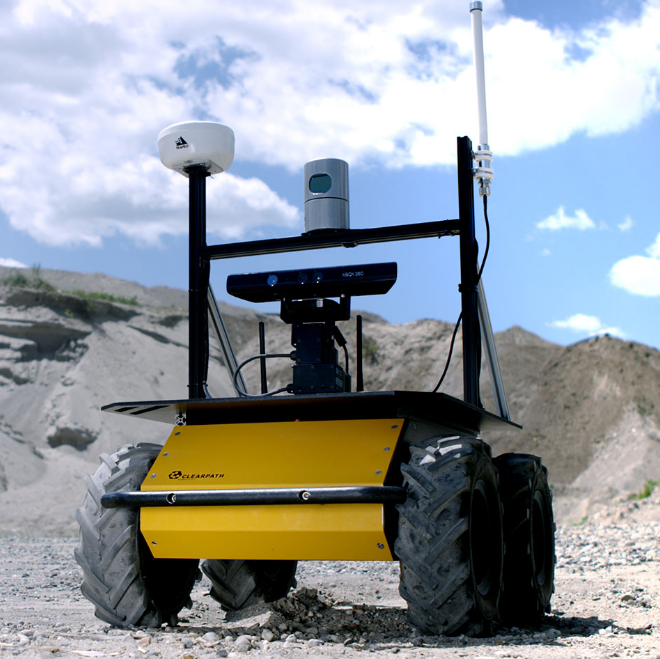调用是这样的:1
2
3
4
5
6
7
8
9
10
11
12// Get the velocity command for this sampling interval
if (!planner_->getVelocityCommand(cmd_vel.linear.x, cmd_vel.linear.y, cmd_vel.angular.z,
cfg_.trajectory.control_look_ahead_poses, robot_vel_.linear.x,
robot_vel_.angular.z) )
{
planner_->clearPlanner();
ROS_WARN("TebLocalPlannerROS: velocity command invalid. Resetting planner...");
++no_infeasible_plans_; // increase number of infeasible solutions in a row
time_last_infeasible_plan_ = ros::Time::now();
last_cmd_ = cmd_vel;
return false;
}
getVelocityCommand
1 | bool TebOptimalPlanner::getVelocityCommand(double& vx, double& vy, double& omega, |
参数control_look_ahead_poses增大,会让look_ahead_poses变量增大,dt也会增大
间接导致最终的look_ahead_poses也比较大。如果参数dt_ref也增大,那此二者就更大了。
extractVelocity
提取机器人的速度在本体坐标系下的表示1
2
3
4
5
6
7
8
9
10
11
12
13
14
15
16
17
18
19
20
21
22
23
24
25
26// pose2 是 teb_.Pose(look_ahead_poses)
void TebOptimalPlanner::extractVelocity(const PoseSE2& pose1, const PoseSE2& pose2,
double dt, double& vx, double& vy, double& omega) const
{
if (dt == 0)
{
vx = 0; vy = 0; omega = 0;
return;
}
Eigen::Vector2d deltaS = pose2.position() - pose1.position();
if (cfg_->robot.max_vel_y == 0) // nonholonomic robot
{
Eigen::Vector2d conf1dir( cos(pose1.theta()), sin(pose1.theta()) );
// translational velocity
double dir = deltaS.dot(conf1dir);
// 无后退的情况下,sign函数都返回 1
vx = (double) g2o::sign(dir) * deltaS.norm() / dt;
vy = 0;
}
else // holonomic robot ...... 省略
// rotational velocity
double orientdiff = g2o::normalize_theta(pose2.theta() - pose1.theta());
omega = orientdiff / dt;
}
前面两个参数的增大导致deltaS.norm()和dt都增大,从这里直接看不出vx是增大还是减小了,实际运行后,通过日志可以看到vx整体增大了。
1 | inline int sign(T x) |
